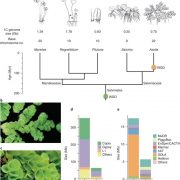
Aquatic fern genomes provide insight into land plant evolution and symbiosis (Nature Plants)
Plant Science Research WeeklyLand plants evolved from freshwater charophytic algae over ~450 million years ago and have since diverged into the plethora of embryophyte genera that we see today. Genomics efforts have classically focused on key angiosperm species representing experimental model systems and/or agriculturally important…
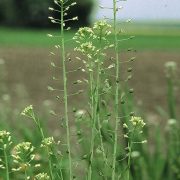
Expression of FLOWERING LOCUS C differentiates summer and winter biotypes of Camelina sativa (Plant Direct)
Plant Science Research WeeklyCamelina sativa is a member of the Brassicaceae family that is grown as an oilseed crop. It has summer and winter flowering biotypes, the latter of which requires vernalization to induce flowering. These two biotypes allow for double-cropping, and the winter-flowering biotype can also be used as a…
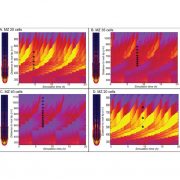
Lateral root priming synergistically arises from root growth and auxin transport dynamics (bioRxiv)
Plant Science Research WeeklyRoot system architecture is primarily determined by branching of the lateral roots. The position of a new lateral root is determined by oscillating auxin concentrations in the main root meristem. To understand the nature of auxin oscillations Van den Berg and ten Tusscher developed a multiscale root…
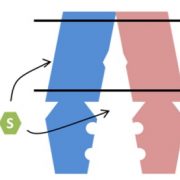
How to identify the substrates of ATP-binding cassette (ABC) transporters (Plant Physiol)
Plant Science Research WeeklyPlant genomes encode many ATP-binding cassette (ABC) transporters, which mediate the transport of many different substrates involved in development, nutrition and stress responses. Mutants and transgenic plants have been used to understand the in planta roles, yet the identity of substrates transported…
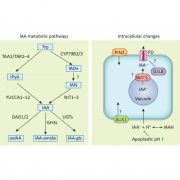
Review. Out of shape during stress: a key role for auxin
Plant Science Research WeeklyThe plant hormone auxin is a major player in determining root growth and architecture, but we are just starting to understand how auxin distribution is altered by abiotic stresses. Kover et al. discuss how the “upside-down fountain” of auxin in the root is affected by abiotic stress conditions. Auxin…
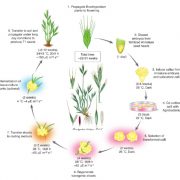
Review. Brachypodium: A monocot grass model system for plant biology (Plant Cell)
Plant Science Research WeeklyBrachypodium distachyon is an annual C3 grass that has become an important model species. Scholthof et al. review the genetic tools and resources (sequences and mutants) as well as robust protocols for transformation that have been developed for it. The presence of wild and perennial species within the…
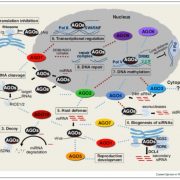
Review. Actions of plant Argonautes: Predictable or unpredictable? (COPB $)
Plant Science Research WeeklyThe Arabidopsis genome encodes nine Argonaute proteins and an AGO pseudogene. The nine functional proteins fall into three clades based on sequence. Ma and Zhang update what we know about these proteins. It turns out, the simple assumptions made early on have not entirely been borne out. For example,…
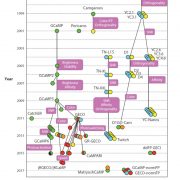
Review. Genetically encoded biosensors in plants: Pathways to discovery (Annu. Rev. Plant Biol. $)
Plant Science Research WeeklyGenetically-encoded biosensors are produced from genes, and provide a specific readout (usually fluorescence or luminescence) of the amount and distribution of a compund of interest (the analyte). We’ve all see data obtained from genetically encoded biosensors, such as the widely-used cameleon family…

What We're Reading: July 13th
Blog, WWR Full PostReview. Genetically encoded biosensors in plants: Pathways to discovery ($)
Genetically-encoded biosensors are produced from genes, and provide a specific readout (usually fluorescence or luminescence) of the amount and distribution of a compund of interest (the analyte). We’ve all see data obtained…

